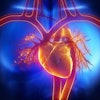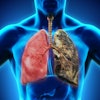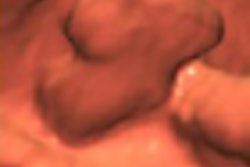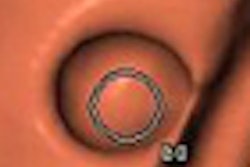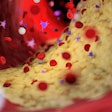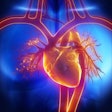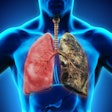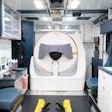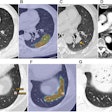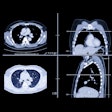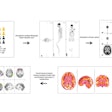Radiologists identify new findings on approximately one out of every five CT simulation scans used to plan radiation therapy regimes for cancer patients at Boston Medical Center in Massachusetts. However, after a study revealed that incidental findings identified in CT simulations performed over a two-year period did not alter treatment in 99% of the cases, radiation oncologists suggest that formal radiology interpretation is not necessary.
This recommendation, presented in a poster session at the annual meeting of the American Society for Radiation Oncology (ASTRO) held November 1-5 in Chicago, was made as a result of a study undertaken to determine the frequency of incidental findings identified on CT simulation scans, and the impact of these findings on treatment plans for cancer patients.
Researchers from Boston University School of Medicine and Boston Medical Center retrospectively reviewed the images and radiology reports of 580 consecutive CT simulation scans performed between 2004 and 2006. New cancer-related findings were identified in 9% of reports, and noncancer-related findings in 11%, according to lead author Dr. Chao Ye.
The cancer-related findings included suspected local recurrence in 13 CT simulations (25%), significant progression of local disease in six (11.5%), suspected distant metastasis in 20 (38.5%), and lymphadenopathy in 12 (23.1%). Additional diagnostic imaging was performed in 10 cases, of which eight exams showed no suspicious findings. As a result of the additional imaging procedures, additional work-ups were recommended for two cases.
Treatment changes were made for only two patients out of 52 as a result of the incidental findings. One patient had initial surgery followed by radiation, and the other received induction chemotherapy.
No changes were made for 40 cases. The newly reported abnormality was accounted for in the planned treatment for 32 cases, five cases had already-scheduled imaging procedures that would have identified the abnormality, and three cases did not indicate the need for additional imaging.
Sixty-one scans revealed a wide variety of noncancer-related incidental findings. These included degenerative bone changes (19.7%), diverticulosis (14.8%), and brain, kidney, lung, thyroid, and vascular changes. Only two patients, with vascular findings, had thrombi requiring anticoagulation treatment that represented a treatment change.
With only 1% of incidental findings requiring treatment changes over a two-year period, the researchers suggest that thorough review of CT simulation images by radiation oncologists alleviates the need for diagnostic review and reporting by radiologists.
Related Reading
Suspicious findings by rad oncs at CT simulation merit look by radiologist, January 4, 2008
Copyright © 2009 AuntMinnie.com

